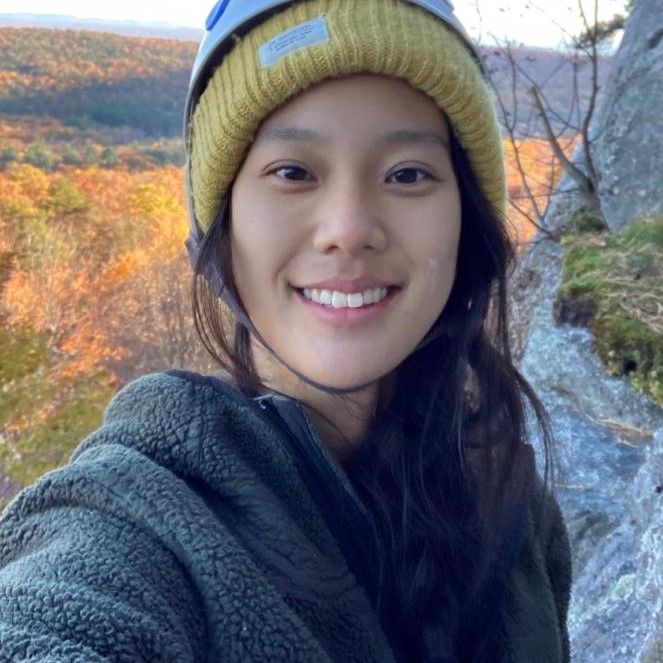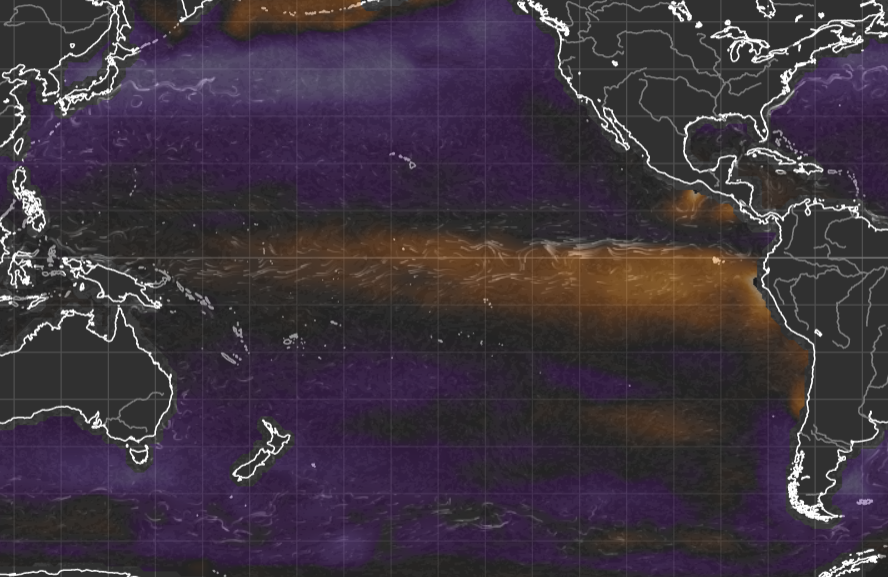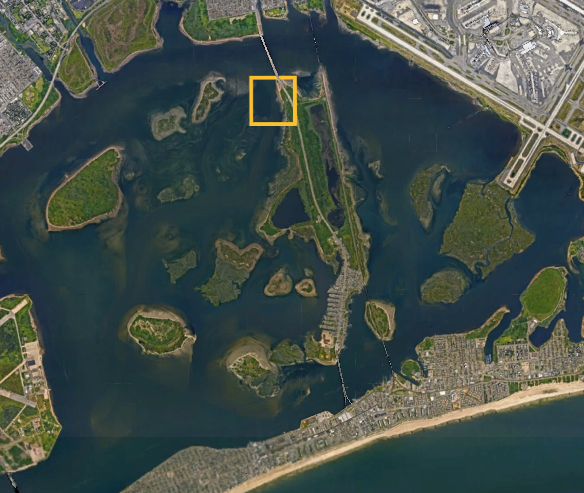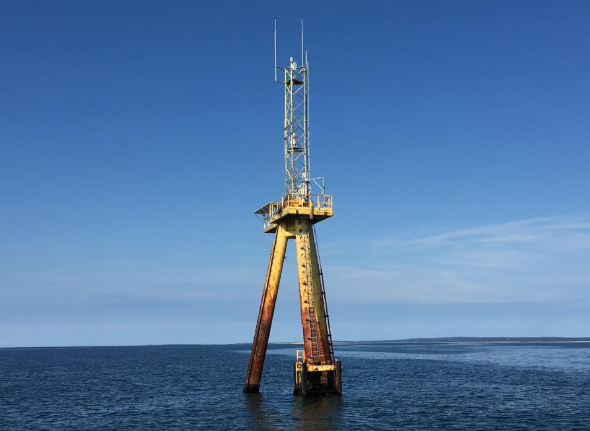
Suki Wong
(she/her)
Postdoctoral Research Scientist
at Columbia University
Specialization: Physical oceanography and the oceanic carbon cycle
I am interested in the mechanisms that drive CO2 exchange across the atmosphere-ocean interface. I work with observations and climate models, studying processes at the coastal scale to the global scale to better understand the ocean carbon cycle
Research

Global Ocean Decadal Variability
Sparse ocean carbon observations pre-1990 have limited our understanding of long-term (multidecadal) changes in the ocean. With a new observations-based product that goes back to 1958, this project reveals 6 decades of decadal variability across the global ocean. Analysis of the decadal variability within each ocean basin also elucidates the processes that are driving decadally varying basin-scale patterns.
Equatorial Pacific Carbon
The equatorial Pacific Ocean is the largest natural oceanic source of CO2 to the atmosphere with large variability. To study the ocean’s ability to absorb future CO2 emissions, we need models of the Earth that can accurately capture variability in the equatorial Pacific. In this project, we assess variability across the latest generation of models and we examine their deviations from observations.
Click here to read the published results of this study!

[Image saved from earth.nullschool.net]

Jamaica Bay
Jamaica Bay is a coastal estuary situated in New York City. High inputs of carbon and nutrients from the city's wastewater treatmant plants influences the rate at which Jamaica Bay releases and uptakes CO2 from the atmosphere. In addition to estimating the rate of CO2 that goes in and out of the waters in Jamaica Bay, this project aims to understand the mechanisms that drive its seasonal variability.
Air-Sea Interaction Tower
In a joint effort with Woods Hole Oceanographic Institute (WHOI), we designed and setup a boundary layer energy budget experiment, offshore of Martha's Vineyard, MA. Various optics were mounted on the Air-Sea Interaction Tower (ASIT) to record breaking waves, from which we can study the energy transfer across the water. More technically, the experiment hopes to estimate the rate of dissipation of turbulent kinetic energy through the boundary layer: ~25m in the air, all the way down to the winter mixed layer depth in the ocean (~20m deep)

Publications
Suki C.K. Wong, Galen A. McKinley, and Richard Seager (2022). Equatorial Pacific pCO2 Interannual Variability in CMIP6 Models. Journal of Geophysical Research: Biogeosciences, 127, e2022JG007243. https://doi.org/10.1029/2022JG007243
Suki C.K. Wong and Christopher J. Zappa (in prep). Wind-forcing of air-water CO2 exchange in a New York City estuary
Background
Ph.D. candidate, Earth and Environmental Sciences
2020 - present
Lamont-Doherty Earth Observatory in Columbia University, New York, U.S.
Co-advisors: Richard Seager & Galen A. McKinley
M.Phil., Earth and Environmental Sciences
2019 - 2021
Lamont-Doherty Earth Observatory in Columbia University, New York, U.S.
M.A., Earth and Environmental Sciences
2017 - 2019
Lamont-Doherty Earth Observatory in Columbia University, New York, U.S.
M.Sci., Physics
2013-2017
Imperial College London, London, U.K.